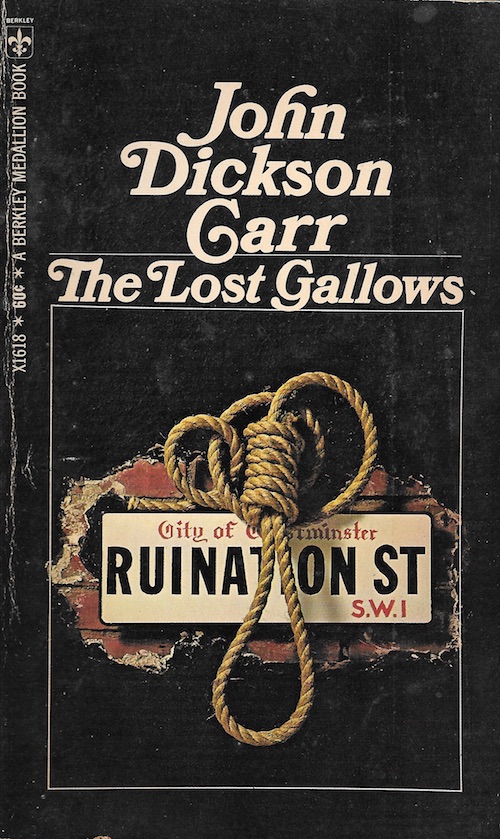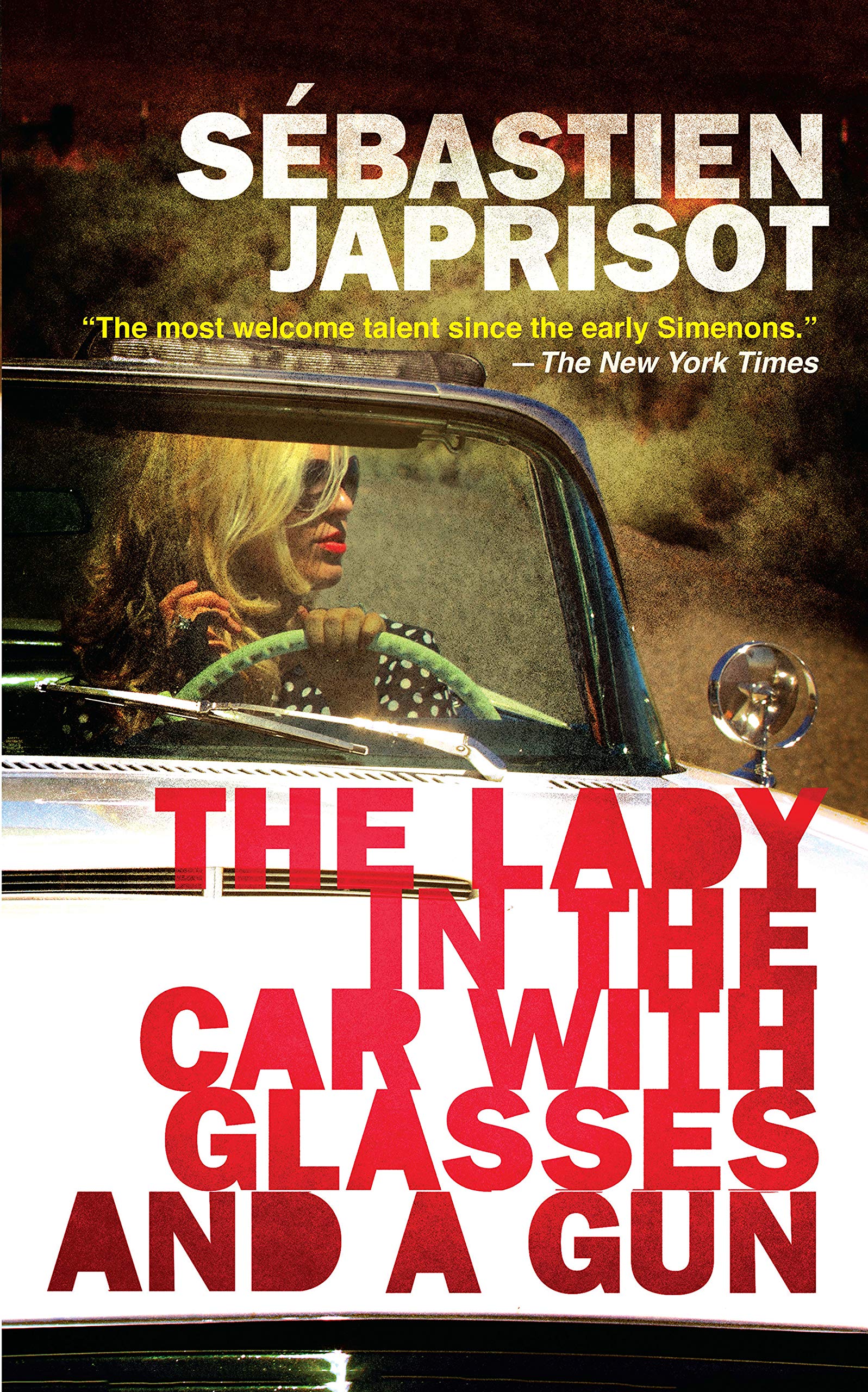Today, we'll look at characterization.
Screenwriter Tom Sawyer, who oversaw Murder, She Wrote among other projects, says that if you can give a line of dialogue to a different character without rewriting it, it was badly written anyway.
I use what I call the CAWS test (Hey, everybody's got to have a gimmick):
Would this CHARACTER, speaking to this AUDIENCE, say these WORDS in this SITUATION?
If the answer to any part of the question is "NO," you need to rewrite the line.
Each character talks like himself or herself, which enables readers to "hear" them. Think of old radio plays, where an actor may have been chosen to play a role because his voice sounded appropriate for the character.
That means each CHARACTER needs specific images, rhythms and vocabulary (Another good reason to keep your cast in a play as small as possible) to create his or her voice.
If you treat the person as an archetype (Hero, Warrior, Magician, Temptress, Mentor, Lover, etc.), his purpose in the story will help you find his speaking style. Reformers want to improve things, so they often give advice. Leaders want to appear strong and self-reliant, so they give orders. Mentors/Coaches/Teachers usually start with the good news and move to the problems that need to be addressed.
Shakespeare demonstrates this for us. Shylock in The Merchant of Venice uses more aggressive verbs than other characters, and Portia and Nerissa discuss marriage in terms we might use for a business deal.
Romeo & Juliet presents five teen-aged males. Tybalt always has the subtext, "Wanna fight?" Mercutio is funny and often bawdy. Benvolio reports and tattles. Paris is polite and courtly, the kid moms all wish their daughter would bring home. Romeo constantly moans about love, so over-the-top you want to smack him until Juliet makes him grow up.
In A Midsummer Night's Dream, the Nobles (Blank verse and very logical), Mechanicals (Prose, except for the hilarious Pyramus & Thisbe farce), Lovers (Rhymed couplets and cliches about love), and Fairies (Blank verse with images of power [Oberon] or nurturing [Titania]) all have different speaking styles.
Think about your character's goal, too. If you understand what she or he wants--money, power, love, answers--that can help you decide the tactics she will use, such as demanding, pleading, lying manipulating, or threatening.
Now think about the AUDIENCE. Maybe your character will curse or discuss sex, but not in front of his grandmother. Maybe a child won't understand the issue so he has to simplify his language. Maybe the stockholders want the bad news delivered in a positive way.
WORDS are all we have, and we need to get them right. A character's vocabulary shows his education level, religion, family, ethnicity, socioeconomic level, occupation, and maybe biases.
Many people have favorite expressions or jargon from their jobs: computer, sports, medical, business.
Think of regionalisms. Margaret Maron's Knott family often uses the expression "might could," which has a rhythm that slows the pace and captures their Southern drawl.
Be careful with dialects or accents, though. Most editors tell you to avoid phonetic spelling and think what you're doing. I encountered "oncet" in a speech and it stopped me cold. The better spelling would have been "wunst." I grew up in an area where under-educated people referred to their relative as a cousint, with an audible final "T." Your best bet is to use a few key words to suggest everything, or mention that your character has a French accent and go on about your business.
 |
| To Kill A Mockingbird needs the accent and mind-set of the characters |
You can give the impression of an accent by avoiding contractions or changing word order, too. American English is all about rhythm, so putting an adjective after a noun or using a participle instead of the verb makes the sentence sound foreign, like Yoda. I have an Eastern European character in one series, and I compare her consonants to scissors snipping paper. Blue Song Riley in my Woody Guthrie series is half-Asian, and when she uses a long word, all her syllables have equal stress. I only mention this once or twice in her first scene and let people fill in the blanks.
Maybe your character has a speech problem. A stutter, lisp, or spoonerism is fun, but don't over-do it. Ellery Queen wrote a short story decades ago ("My Queer Dean," if you can find it) in which the solution depends on the victim inverting initial consonants ("My Dear Queen").
Maybe the character has favorite expressions or cliches, or mispronounces words. I grew up struggling with "Refriger-E-ator," and my cousin (No "T") called those things with two slices of bread "Smitches."
Mangling cliches can be fun, too.
A few novelists and playwrights use profanity well. Years ago, my local theater presented Glengarry Glen Ross and referred to the writer as "David Effing Mamet," minus the euphemism. If you're not comfortable with cursing yourself, don't try it. It will sound fake. If you have to use it, emphasize the NOUN, not the participle. It's an effing FORK, not an EFFING fork.
Remember your SITUATION or setting, too. People talk differently at a funeral, job interview, a first date, or in a bar. Are there props at hand: a pool cue, salad bar, golf club, or AK-47? Setting involves mood, too. Someone might be excited, remorseful, sad, jealous, terrified, or confused. Let their words convey this. Situation or setting involves time, too, so beware of anachronisms. Servants in Regency England did NOT say "No problem."
Lastly, dialogue can help you show how a character grows or changes. This is common late in a story, maybe in one long scene. If you want to show it with minimal narration, try having your character paraphrase, change, or even contradict something he said earlier in the story. If her opinion has changed, she has, too. Louise Penny does this in her Inspector Gamache novels, where certain characters will repeat a line, often a literary allusion, that gathers or changes implications throughout the story.
Next time, we'll look at how dialogue can advance your plot.





































